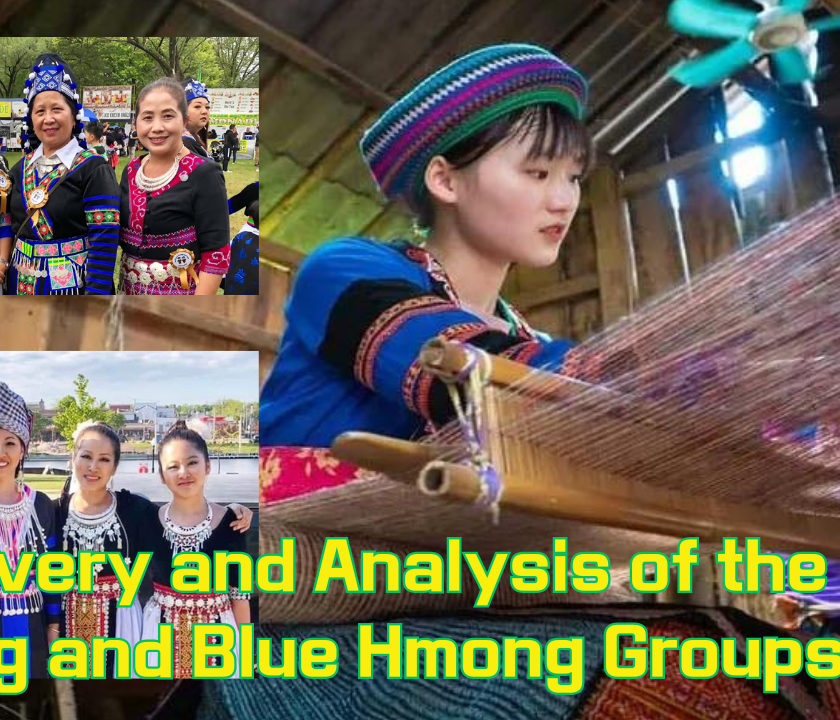Learn About Vietnamese Hmong People 2023

Learn About Vietnamese Hmong People 2023
In the vibrant tapestry of Vietnam’s cultural diversity, the Hmong people are a distinctive thread, weaving together centuries-old traditions with the evolving landscapes of the modern world. As of 2023, the Hmong in Vietnam remain a testament to the nation’s rich ethnic mosaic. Here’s a closer look at their history, culture, and current dynamics.
- Historical Overview
The Hmong, originally from southern China, began migrating to Vietnam, Laos, Thailand, and Myanmar about 300 years ago. Their migration was driven by wars, land shortages, and pressures from dominant Chinese groups. In Vietnam, they settled primarily in the mountainous northern regions. - Distinctive Subgroups
The Hmong are not a monolithic group. They’re divided into subgroups based on their clothing styles and other cultural attributes. These include the White Hmong, Green Hmong (sometimes called Blue Hmong), and Red Hmong, among others. - Cultural and Traditional Practices
Clothing: The Hmong are known for their intricate embroidery and silver jewelry. Clothing, often handmade, not only signifies the specific subgroup but also serves as an expression of individual artistry.
Language: The Hmong language has various dialects corresponding to the different subgroups. However, it’s worth noting that as of 2023, with increasing urbanization and education in mainstream Vietnamese, many younger Hmong are now bilingual.
Festivals: The Hmong New Year is the most significant celebration. It’s a time for socializing, traditional games, and courtship dances. It’s also an occasion to showcase their vibrant clothes and jewelry.
- Lifestyle and Livelihood
Most Hmong in Vietnam practice subsistence farming. Corn, rice, and other staples are commonly grown. In recent years, there’s been a move towards cash crops like coffee and cardamom. Some Hmong families also raise livestock.
Tourism has also become a vital source of income. Sapa, for instance, has emerged as a significant tourist hub, with many visitors eager to experience Hmong hospitality, purchase their crafts, and trek through the scenic landscapes.
- Modern Challenges
As of 2023, the Hmong, like many indigenous groups worldwide, face various challenges:
Education: While access to education has improved, dropout rates among Hmong children, especially girls, remain a concern. The reasons range from economic to cultural.
Land Rights: Land is not just a resource but a part of the Hmong identity. However, land rights remain a contentious issue, with many Hmong families facing uncertainties about ownership and use.
Cultural Preservation: Modernization and the pull of urban centers mean that many traditional practices are under threat. There’s a delicate balance between preserving traditions and adapting to the changing world.
- Efforts Towards Progress
Over the years, the Vietnamese government and various NGOs have initiated programs targeting the upliftment of ethnic minorities, including the Hmong. Efforts include infrastructure development, improved access to healthcare and education, and schemes to promote traditional crafts.
In 2023, while challenges persist, there’s an increased acknowledgment of the Hmong’s cultural richness and an understanding that Vietnam’s future is intertwined with the well-being and success of its ethnic communities.
Conclusion:
The Hmong of Vietnam, with their vibrant culture and indomitable spirit, offer a unique lens to view the rich cultural canvas of the nation. As the world moves forward, it is paramount to ensure that the Hmong, with their traditions and aspirations, are not left behind but rather celebrated and supported.
#3Hmoob #Hmong #Hmoob






Responses